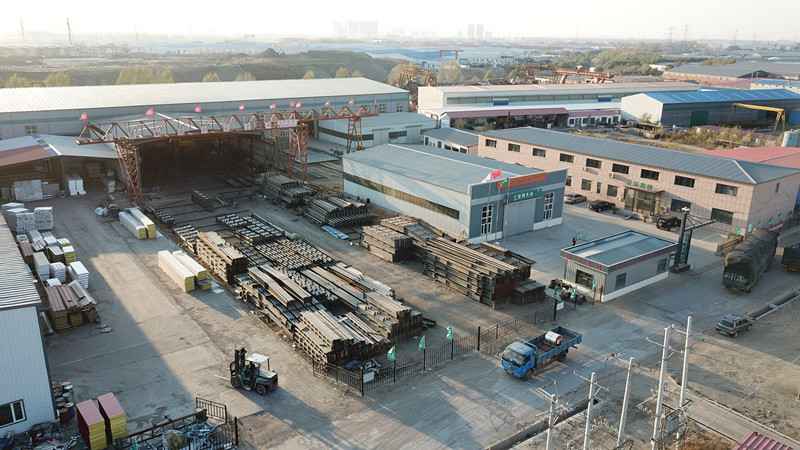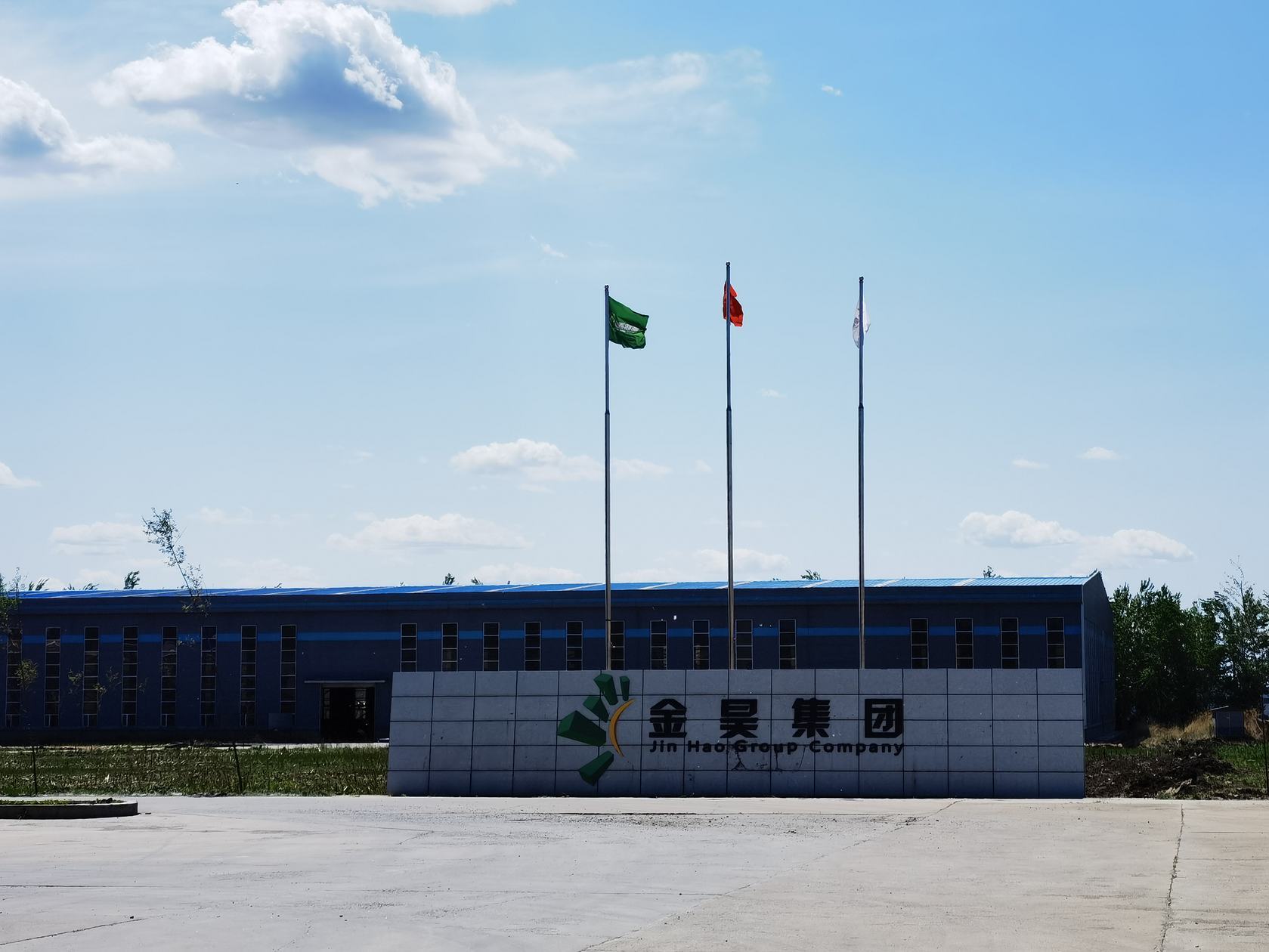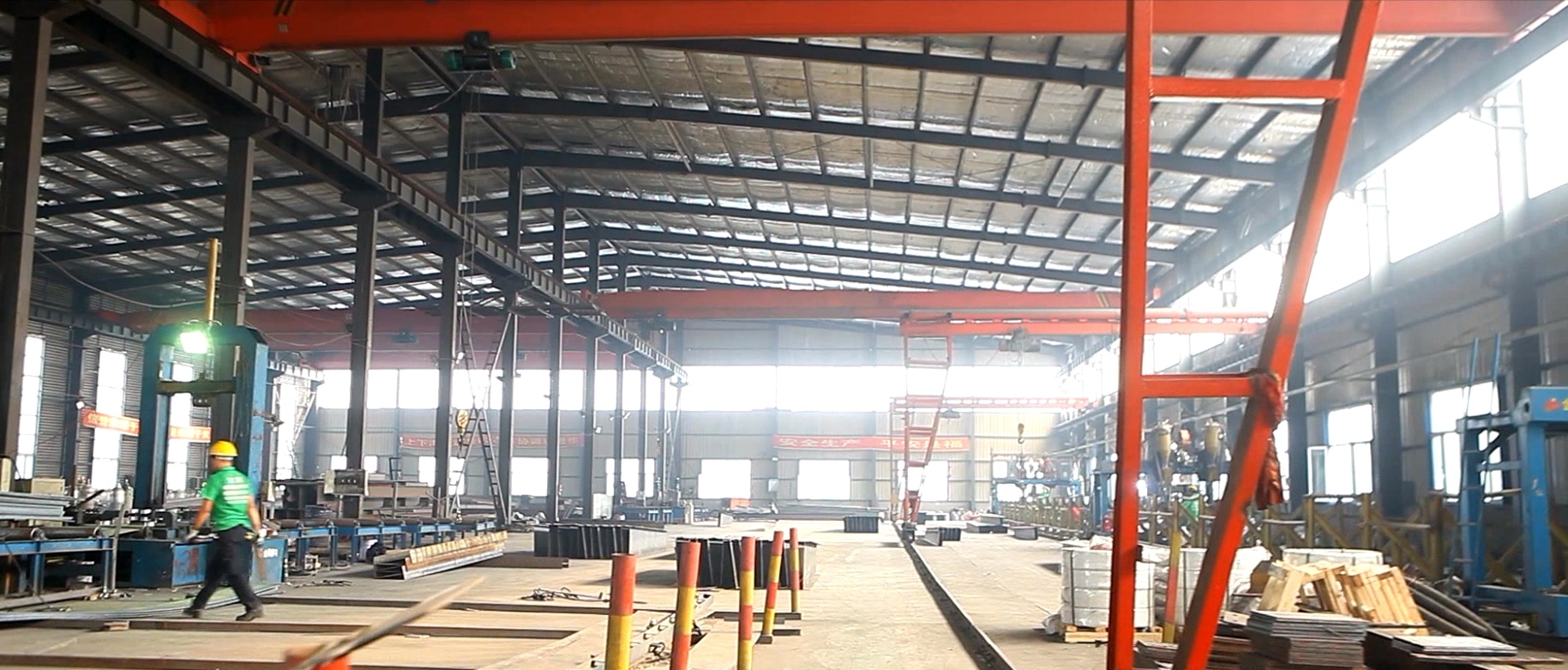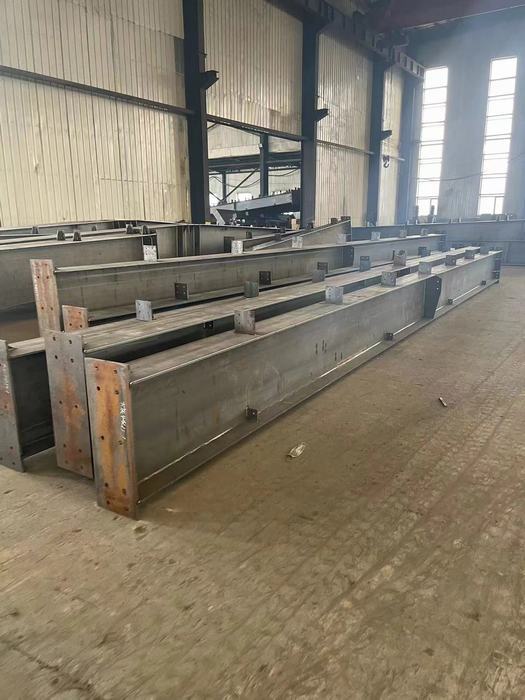Development trends in the design of steel structures
A century ago, a fire that raged for three days and nights nearly reduced Chicago to ashes. However, Americans used this as an opportunity to ignite a new torch for architectural art. Buildings made of glass and steel thus spread throughout the country, even ordinary chain stores became steel structures...
According to relevant professional statistics, it was not until the mid-1980s that China made its first breakthrough in steel structure buildings. Although starting late, China's steel structure buildings have developed rapidly from a high starting point. Today, when talking about representative architectural works, people may immediately think of the "Bird's Nest", CCTV's new building, Guangzhou TV Tower, Shanghai World Financial Center... Looking at urban construction across the country, almost all tall and majestic landmark buildings have chosen steel structures in terms of architectural form.

According to Ouyang Chao, a steel structure expert from China Construction Third Engineering Bureau, the starting point of China's steel structure construction can be traced back to 1984, when China Construction Third Engineering Bureau won the bid for China's first steel structure building - Shenzhen Development Center. In the domestic construction field, where concrete structures were the main form at that time, this was considered an uncharted territory. At that time, the bureau sent 10 of its best welders to Japan to learn the most advanced carbon dioxide gas shielded welding technology. When Japanese experts learned that most of them only had a junior high school education, they dismissively asserted that "it would be good if one-third of them were qualified", because even those with solid educational backgrounds in Japan needed 3 to 6 months to learn, while the Chinese workers' contract learning period was only one month. The 10 Chinese welders studied intensively for 7 hours a day, and also discussed and exchanged ideas with each other after class and meals. After 30 days, they all successfully graduated, having solidly mastered the welding skills necessary to complete the Shenzhen Development Center building project. In the construction process, from welding 130 mm thickness, breaking the previous record of 110 mm, to 350,000 linear meters of welds being inspected by ultrasonic and magnetic particle testing and all passing, and 98% of the welds reaching the highest US standard (D-level)... The development of China's steel structure construction technology has since entered the fast lane. With the support of technology, steel structure skyscrapers have sprung up like mushrooms across China, becoming taller and taller.

Ouyang Chao said: "Steel structures are now quite popular, and their shapes and construction difficulty are increasing", for example, the CCTV headquarters project, which is representative of public buildings in China, is both high and difficult, posing a challenge to the construction of irregular building structures; the Guangzhou TV Tower's tower structure itself is already very complex, and using steel structure construction makes it even more complex; and the "Bird's Nest" can be called a representative work with a peculiar shape. Taking "CCTV" as an example, it has a tilted (overall bidirectional tilt of 6 degrees) and double-cantilevered (70 meters and 60 meters respectively) structure, and the inclined structure of the double cantilever will have a certain degree of sagging under the action of gravity; in general steel structure projects, the steel grade used is mostly Q345D or Q390D, while the "CCTV" project uses Q420D and Q460D, which is rarely seen in general public buildings. This brings many technical difficulties and requirements to the production and welding of steel; the two towers form a huge "gate" shape connected by a 14-story large cantilever structure, posing a daunting challenge to traditional construction technology. The cantilever sags under gravity, requiring counter-deformation during construction, and requiring the calculation of its pre-adjustment value during steel structure welding, a value that is almost never used in previous public buildings; in addition, the measurement of the project is also a problem, because the structure is tilted, so each column needs to be positioned in the air, and if the pre-adjustment value is added, the installation difficulty will be even greater; with the increase of steel grade, its thickness has also increased to 135 mm, and the welding of extra-long and extra-thick steel structures is common in the project.
The characteristics of the "Bird's Nest" project's steel structure are spatial curve structures, which place higher demands on the production of steel structures, because once an error occurs, it is difficult for the steel structures to be welded together smoothly, and the welding process also requires stricter standards; the biggest difficulty in the construction of the Yintai Center project is to assemble two 39-meter-long trusses on the ground and then lift them with a tower crane. Ouyang Chao said that ultra-high-rise steel structure buildings all involve the use of large-span, extra-long welding and other construction processes.
Ouyang Chao believes that the future development direction of steel structure buildings will be in three aspects: ultra-high-rise, large-span, and special shapes. Special shapes are represented by the Guangzhou TV Tower, "CCTV", and "Bird's Nest", and the common feature of these buildings is that they cannot be constructed using concrete. Currently, buildings such as those in the capital, Wuhan, Baiyun Airport, and some modern railway stations are also beginning to develop towards spatially connected curves and large spans, and such structures can only be completed using steel structures. In addition, as the steel grade increases, the amount of steel used in steel structure buildings will also increase.
Related Articles




